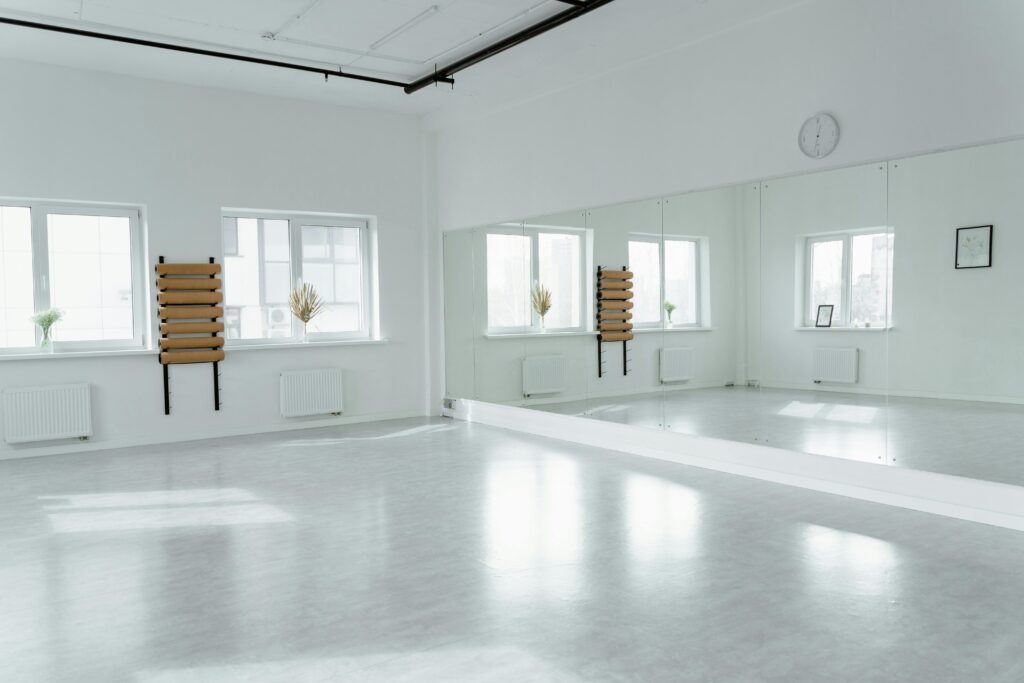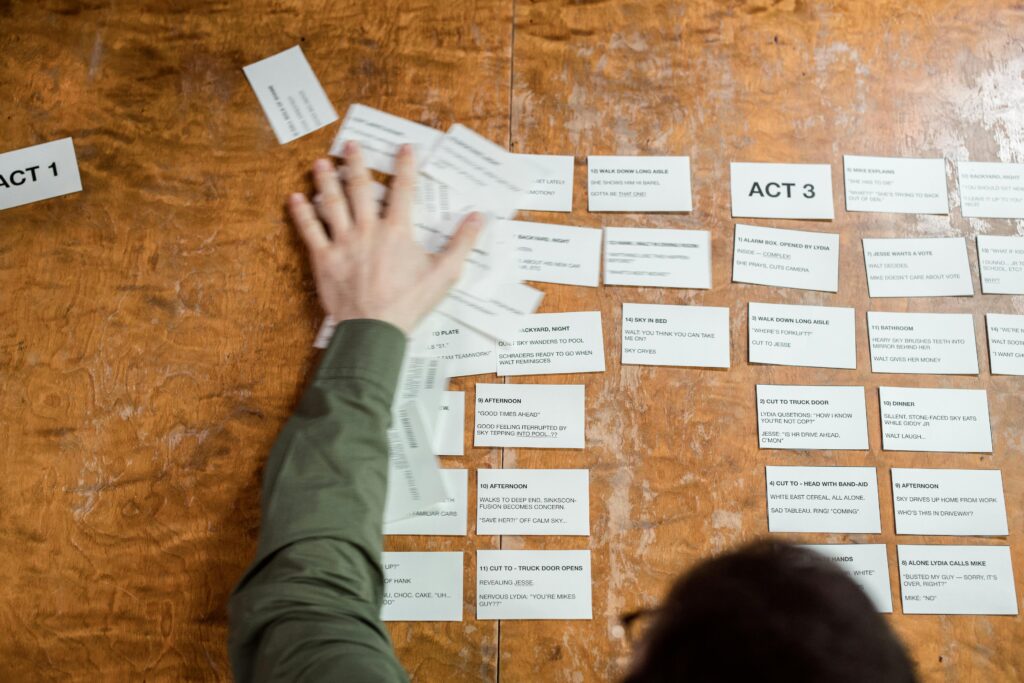
In the dynamic world of architecture, a brilliant design can only truly shine when it’s effectively communicated. This is where architectural visualization and rendering come into play, transforming abstract ideas and technical drawings into captivating, photorealistic (or thoughtfully stylized) images that tell a compelling story.
Whether you’re a student trying to impress a jury, a professional pitching a groundbreaking concept, or a firm aiming to secure a lucrative project, mastering the art of visualization is no longer a luxury – it’s a necessity. But how do you move beyond simply hitting the “render” button to truly create impactful and effective visuals?
Here are some essential tips to elevate your architectural visualizations and make your designs leap off the screen:
1. Understand Your Narrative and Audience:

Before you even open your rendering software, ask yourself:
- What story are you trying to tell? Is it about light, space, materials, user experience, or the building’s interaction with its environment?
- Who is your audience? Clients might want a highly realistic view of their future space, while a design jury might appreciate a more conceptual or analytical render.
- What emotion do you want to evoke? A calm, serene feeling? An energetic, bustling atmosphere?
Your answers will guide your artistic choices, from composition to lighting.
2. Master Composition and Framing:

Just like in photography, a strong composition is fundamental.
- Rule of Thirds: Position key elements along the intersecting lines or at their intersections for a more balanced and dynamic image.
- Leading Lines: Use architectural elements, pathways, or natural features to guide the viewer’s eye towards the focal point.
- Depth and Foreground Interest: Add elements in the foreground (e.g., plants, people, furniture) to create depth and draw the viewer into the scene.
- Eye-Level vs. Aerial: Consider different camera angles. Eye-level shots offer a human perspective, while aerial views provide context and scale.
3. Embrace the Power of Lighting (It’s Everything!):
Lighting is arguably the most critical element in creating realistic and atmospheric renders.
- Natural Light: Understand how sunlight behaves at different times of day (morning glow, harsh midday sun, golden hour, twilight) and how it interacts with materials. Use shadows to define form and add depth.
- Artificial Light: For interiors, carefully place and adjust light sources (spots, area lights, IES profiles) to mimic real-world fixtures and create desired moods.
- Atmospheric Effects: Consider using fog, haze, or volumetric lighting to add depth, drama, and realism, especially for exterior shots.
4. Pay Meticulous Attention to Materials and Textures:
Poor materials can instantly betray a render.
- Reference Realism: Use high-quality textures and maps (diffuse, normal, roughness, displacement) that accurately represent real-world materials.
- Reflectivity and Gloss: Understand how different materials reflect light. A concrete wall will have very different properties than a polished marble floor.
- Imperfections: Real-world materials are rarely perfect. Add subtle imperfections like scratches, smudges, or dirt maps to enhance realism.
- Scale: Ensure your textures are applied at the correct scale to avoid a repetitive or stretched look.
5. Populate with Purpose (Entourage):

Adding people, vehicles, and vegetation brings life and scale to your scenes.
- Quality over Quantity: Use high-resolution, well-integrated entourage. Low-quality cutouts can detract from an otherwise great render.
- Contextualize: Ensure your entourage makes sense for the scene. Don’t put winter-dressed people in a tropical setting.
- Storytelling: Use people to suggest activity, scale, and the intended use of the space. A family picnicking in a park render tells a different story than a single person walking alone.
- Variety: Mix different types of people and poses to make the scene more dynamic.
6. Optimize for Efficiency (Especially for Animations):
Rendering can be time-consuming.
- Proxy Objects: Use simplified versions of complex models (e.g., trees, cars, detailed furniture) when they are far from the camera.
- Layer Management: Organize your scene layers to easily turn off unnecessary elements during test renders.
- Render Settings: Understand your software’s render settings. Often, a slight reduction in quality can drastically cut render times without a noticeable visual impact for test renders.
- Batch Rendering: Utilize batch rendering features for multiple views or animations.
7. Leverage Post-Production (The Polish Layer):

Even the best raw render can be significantly enhanced in post-production software like Photoshop or GIMP.
- Color Correction & Grading: Adjust brightness, contrast, color balance, and saturation to achieve the desired mood.
- Atmospheric Effects: Add subtle fog, lens flares, or light streaks.
- Entourage Integration: Refine the blending of 2D people and trees, adjusting their lighting and shadows to match the scene.
- Depth of Field: Add a subtle blur to the foreground or background to draw attention to your focal point.
- Vignetting: A slight darkening of the edges can help frame the image.
8. Continuously Learn and Experiment:

The world of architectural visualization is constantly evolving with new software, techniques, and trends.
- Online Tutorials: Explore YouTube, software-specific forums, and online courses.
- Analyze Inspiration: Study professional renders and try to deconstruct how they achieved their results.
- Practice, Practice, Practice: The more you render, the better you’ll become. Don’t be afraid to experiment with new settings, workflows, and styles.
By applying these tips, you’ll move beyond merely visualizing designs to truly communicating them, turning your architectural visions into compelling and memorable realities. Happy rendering!

